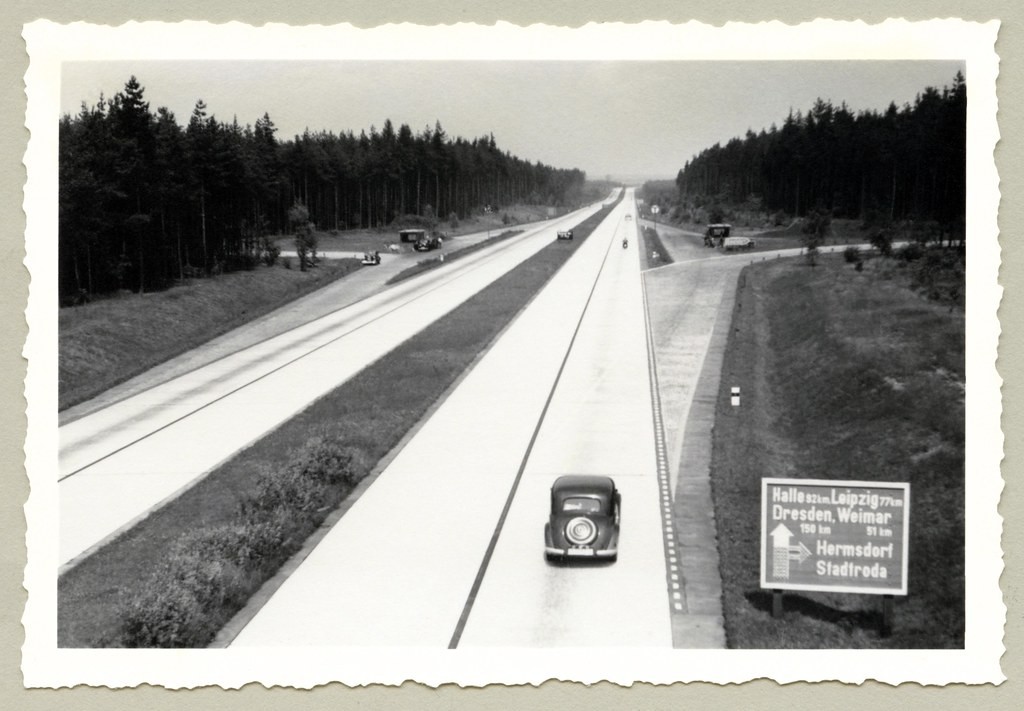Congratulations Mark on writing a great article about Tatra without repeating the the usual dross about 'Nazi killing.' That story - told with relish by automotive journalists across the internet - is a total fabrication without a single shred of evidence. You quite rightly quote the contemporary driving reviews of the time highlighting the Tatra T77's amazing handling. There are dozens of such reports, especially for the revolutionary T77 of 1934 and all of them are glowingly positive. The T77 however, was rather tail heavy as it had a much heavier engine than its more famous successor, the T87. They were still perfecting the design at this point and, as these cars were hand-built, no two T77s were exactly alike. Handling was much improved in the 1936 T87, which had a fully steel body, better suspension, better weight distribution and a more powerful but lighter alloy V8 engine. There are some very specific reasons why drivers of these cars felt they handled very well, and it's partly captured in your closing paragraph. The items you call out as 'flaws' are only flaws perceived by modern drivers, such as tail heavy handling and poor rear vision. These would not have even been noticed by a driver in 1934 (and weren't). As Adolf Hitler commented, the Tatra was a car for autobahns. When driving a very fast car on a road with virtually no other traffic (especially traffic that could overtake you) you do not need excellent rear vision. The louver and wing mirror were quite sufficient. Besides, almost all other cars of the period had tiny rear windows, often little more than portholes. Modern writers always focus on the swing axles and rear end instability as if this was the way people would be driving on an autobahn. They wouldn't. Autobahns are long and straight, perfect for fast driving. Tatra steering is light and responsive thanks to its weight distribution, making turns easy compared to a contemporary front engined car. Of course, you can flip a Tatra over, if you do something stupid and try a snap turn at 145 kph. But you'd do this in any car of the period. No one - ever - designs a car to do a 90 degree turn at 145kph, so we should not expect that Ledwinka and the Tatra team didn't build for that either. The most critical risk for Tatra drivers of the period is the one called out in the drivers manual - stopping a deceptively fast car. In a contemporary front engined car you would hear the sound of the roaring engine, not to mention the wind whipping past mirrors, struts, spare wheels, etc. Streamlining and mounting the engine in the rear removed a lot of this noise, making it very easy for drivers to forget they were driving really quite fast (for a saloon, they were an exceptionally fast car in their day with a performance that was otherwise reserved for sportscars) and forgetting to brake in time. 1930s brakes were never great at the best of times. Modern writers seem unable to divorce themselves from modern expectations, expecting cars be able to navigate a slalom at speed, power steer and stop on a dime, and have all round vision (or at least a rear vision camera). Its an expectation no old car will live up to. There were NO 'unwary' Tatra drivers back in the day. These were elite cars that you had to order and wait for. If you had that kind of money, you damned well learned how to drive one properly (or had your driver learn). I own and drive a 1952 Tatraplan, and while it is smaller than a T87 and only has a 2-litre flat four, you do know the engine is back there, but it's never a concern. Handling, steering, brakes, ride comfort, are light years ahead of my old 1964 EH Holden - and the Tatraplan is virtually a copy of the T97 of 1938! It's very advanced for the time. Vision to the rear is, of course, terrible and that makes modern driving somewhat tense. As a side note, I've also driven a few Chevrolet Corvairs and they are fantastic cars to drive. Their handling is much better than other contemporary US cars and I would dare to say they too have been unfairly slandered by the automotive press. Drive one. They're a revelation.
Published on 19 August 2021
By logging in via Facebook or Google, you consent to Facebook or Google sharing your information with Shannons. Shannons agrees to use this information in accordance with the Shannons Club Privacy Statement.



